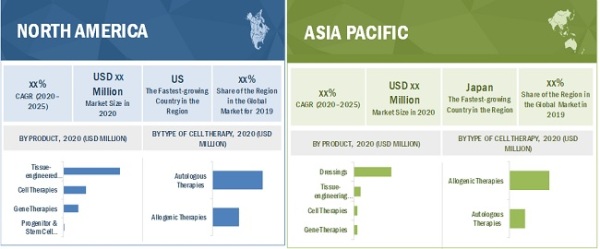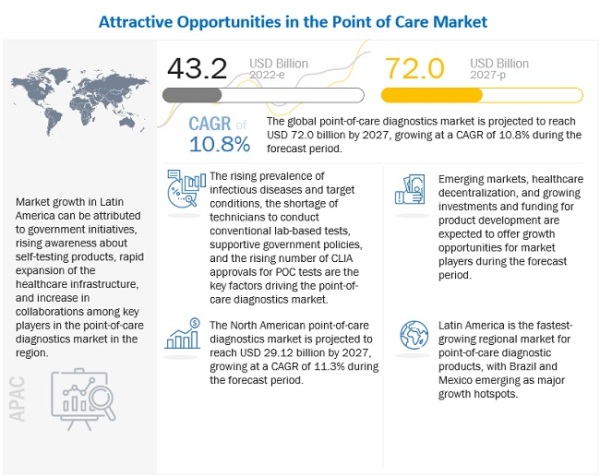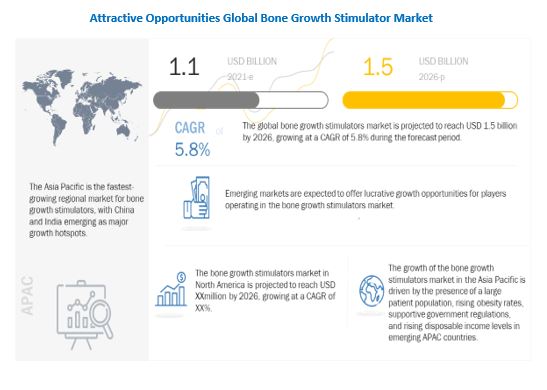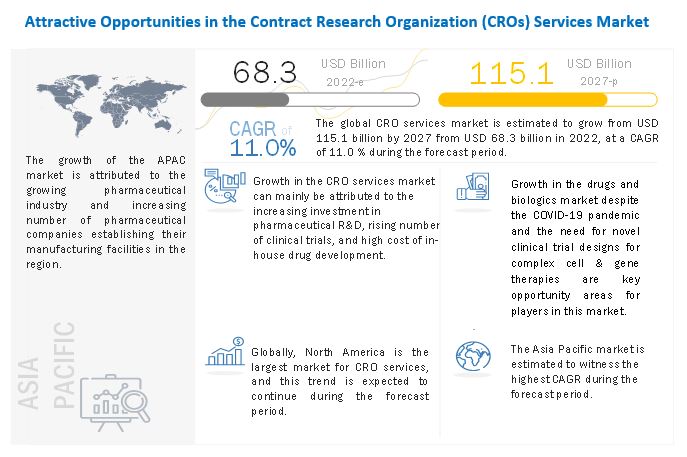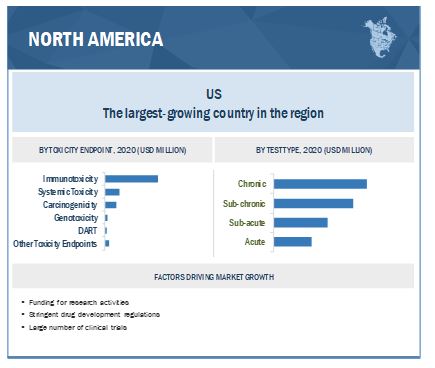According to the new market research report “Track and Trace Solutions Market by Product (Plant Manager, Checkweigher, Barcode Scanner, Monitoring), Technology (2D Barcode, RFID), Application (Serialization, Aggregation, Reporting), End User (Pharma, Food, Medical Devices) – Global Forecast to 2026″, published by MarketsandMarkets™, is projected to reach USD 7.3 billion by 2026 from USD 4.1 billion in 2021, at a CAGR of 12.1% during the forecast period.
Opportunities: Remote authentication of products;
Traditional brand protection technologies such as anti-theft and authentication are intended to protect individual items rather than safeguard the entire supply chain. There is a high possibility of fake products being introduced at any stage in the supply chain. To combat counterfeiting and identify massive product items, a solution with automatic and non-line-of-sight capabilities is required. The demand for technologies with modular designs, which fit enterprise needs, has increased in the last few years. For instance, track and trace technologies based on RFID maintain an electronic pedigree that records the transaction information of products within the supply chain. This approach proved to be a standout for protecting the supply chain against infiltration, theft, and fraud and supporting remote authentication in the brand protection supply chain. Technologies that are scalable from a single production line to a multi-facility/multi-line infrastructure while minimizing the initial investment are projected to gain attention in the coming future.
Download PDF Brochure: https://www.marketsandmarkets.com/pdfdownloadNew.asp?id=158898570

“The Software segment accounted for the largest market share in 2020.”
Based on products, the market is segmented into software, hardware components, and standalone platforms based on product. The software segment accounted for the largest share—60.1%—of the track and trace solutions market in 2020. Market growth is largely driven by the increasing awareness about secure packaging, the rising number of counterfeit drugs and related products, and growing awareness of brand protection. In addition, regulatory compliance is further supporting the growth of this market.
The standalone platforms segment is expected to register the highest CAGR of 15.9% during the forecast period. The growth in this market is mainly attributed to the stringent government regulations for implementing serialization and UDI codes in the pharma and medical device industry, increasing pressure on pharmaceutical companies to adopt serialization, and increasing demand for standalone platforms to reduce the serialization implementation timeframe.
Request Sample Pages: https://www.marketsandmarkets.com/requestsampleNew.asp?id=158898570
“The Serialization solutions segment accounted for the largest market share in 2020.”
Based on application, the track and trace solutions market is segmented into serialization solutions; aggregation solutions; and tracking, tracing, and reporting. The serialization solutions segment accounted for the largest share—62.3%—of the applications market. This segment is projected to grow at a CAGR of 12.0% during the forecast period to reach USD 2,560.9 million by 2026. Stringent regulations for the implementation of serialization solutions in packaging and supply chain applications drive this segments growth.
The tracking, tracing and reporting segment is expected to register the highest CAGR of 16.1% during the forecast period owing to the increasing number of regulations such as DSCSA, UDI, and Medical Device Reporting (MDR) for medical devices and pharmaceutical products.
“The 2D Barcode segment accounted for the largest market share in 2020.”
Based on technology, the track and trace solutions market is segmented into linear barcodes, 2D barcodes, and radiofrequency identification (RFID). The 2D barcodes segment accounted for the largest share of 76.2% of the technology market in 2020. This segment is projected to grow at a CAGR of 12.4% to reach USD 5,641.3 million by 2026. The large share of the 2D barcodes technology segment can be attributed to the increasing use of 2D barcodes in the packaging industry. They have higher data storage capacities than linear barcodes and contain larger amounts of data with fewer variations in image size.
The RFID segment is expected to register the highest CAGR of 13.7% during the forecast period due to the growing demand for these systems in automated pharmaceutical distribution and medical devices due to low labor costs and improved visibility & planning.
Speak to Analyst: https://www.marketsandmarkets.com/speaktoanalystNew.asp?id=158898570
“The Pharmaceutical and Biopharmaceutical Company segment accounted for the largest market share in 2020.”
Based on technology, the track and trace solutions market is segmented into linear barcodes, 2D barcodes, and radiofrequency identification (RFID). The 2D barcodes segment accounted for the largest share of 76.2% of the technology market in 2020. This segment is projected to grow at a CAGR of 12.4% to reach USD 5,641.3 million by 2026. The large share of the 2D barcodes technology segment can be attributed to the increasing use of 2D barcodes in the packaging industry. They have higher data storage capacities than linear barcodes and contain larger amounts of data with fewer variations in image size.
The RFID segment is expected to register the highest CAGR of 13.7% during the forecast period due to the growing demand for these systems in automated pharmaceutical distribution and medical devices due to low labor costs and improved visibility & planning.
“North America was the largest regional market for track and trace solutions market in 2020”
Geographically; divided into five major regions, namely, North America, Europe, the Asia Pacific, Latin America, and the Middle East & Africa. In 2020, North America accounted for the largest share of 42.9% of the global market, followed by Europe (33.5%). The presence of developed healthcare systems in the US & Canada; the presence of many pharmaceutical & biotechnology companies and medical device manufacturers; stringent regulations regarding serialization; and the growing medical devices market are major factors driving market growth in North America.
Asia Pacific (APAC) is the fastest-growing market and is projected to grow at the highest CAGR of 13.8% for track and trace solutions. Growing regulatory requirements in the healthcare industry to comply with manufacturing and distribution practices, the rising number of pharmaceutical and biotechnology companies, and the significant economic development in emerging Asia Pacific countries such as China and India are the major factors driving the demand for track and trace solutions in the APAC region.
Some of the prominent players in the track and trace solutions market are OPTEL GROUP (Canada), Mettler-Toledo International Inc. (US), Systech International Inc. (US), TraceLink Inc. (US), Antares Vision (Italy), SAP (US), Xyntek Inc. (US), SEA Vision Srl (Italy), Syntegon (Germany), Körber Medipak Systems AG (Switzerland), Siemens AG (Germany), Uhlmann Group (Germany), JEKSON VISION (India), Videojet Technologies, Inc. (US), Zebra Technologies Corporation (US), Axway Inc. (US), ACG Worldwide (India), Laetus GmbH (Germany), and WIPOTEC-OCS (Germany).
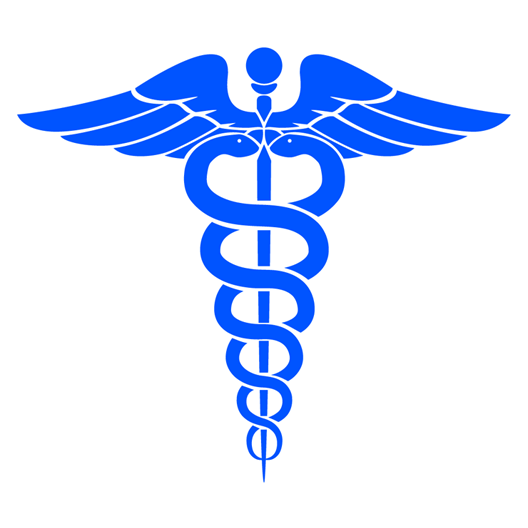




 Geographically; North America was the largest and the fastest-growing regional market for women’s healthcare. The increasing median age of first-time pregnancies and the growing prevalence of PCOS and postmenopausal osteoporosis are the factors responsible for the growth of this regional segment. Furthermore, the growing awareness and understanding regarding contraceptives among American women, easy access to modern contraception as compared to developing countries, and increased healthcare spending also support the growth of this market.
The prominent players in the global Women’s Health Care Market include Bayer AG (Germany), Allergan (Dublin), Merck & Co. (US), Pfizer Inc. (US), Amgen (US), Agile Therapeutics Inc. (US), Ferring Pharmaceuticals (US), Mylan N.V. (US), Lupin (India), Blairex Laboratories (US), Apothecus Pharmaceutical (US), Eli Lilly And Company (US), Novartis AG (Switzerland), and Johnson & Johnson (US).
Amgen (US) is one of the leading providers of the women’s healthcare market. The company’s sales and marketing activities are greatly focused on the US and Europe. The company provides Prolia and Xgeva for the treatment of osteoporosis in postmenopausal women. These drugs have shown a year-on-year double-digit value gain as well as volume growth, and constitute the largest share of the women’s healthcare market. Amgen’s EVENITY, meant for the treatment of osteoporosis in postmenopausal women, is also in phase 3 of development. It is being developed in collaboration with UCB (Belgium). The company’s high brand recognition and focus on product innovation have helped it to maintain its foothold in the market.
Request Sample Pages:
Geographically; North America was the largest and the fastest-growing regional market for women’s healthcare. The increasing median age of first-time pregnancies and the growing prevalence of PCOS and postmenopausal osteoporosis are the factors responsible for the growth of this regional segment. Furthermore, the growing awareness and understanding regarding contraceptives among American women, easy access to modern contraception as compared to developing countries, and increased healthcare spending also support the growth of this market.
The prominent players in the global Women’s Health Care Market include Bayer AG (Germany), Allergan (Dublin), Merck & Co. (US), Pfizer Inc. (US), Amgen (US), Agile Therapeutics Inc. (US), Ferring Pharmaceuticals (US), Mylan N.V. (US), Lupin (India), Blairex Laboratories (US), Apothecus Pharmaceutical (US), Eli Lilly And Company (US), Novartis AG (Switzerland), and Johnson & Johnson (US).
Amgen (US) is one of the leading providers of the women’s healthcare market. The company’s sales and marketing activities are greatly focused on the US and Europe. The company provides Prolia and Xgeva for the treatment of osteoporosis in postmenopausal women. These drugs have shown a year-on-year double-digit value gain as well as volume growth, and constitute the largest share of the women’s healthcare market. Amgen’s EVENITY, meant for the treatment of osteoporosis in postmenopausal women, is also in phase 3 of development. It is being developed in collaboration with UCB (Belgium). The company’s high brand recognition and focus on product innovation have helped it to maintain its foothold in the market.
Request Sample Pages:


